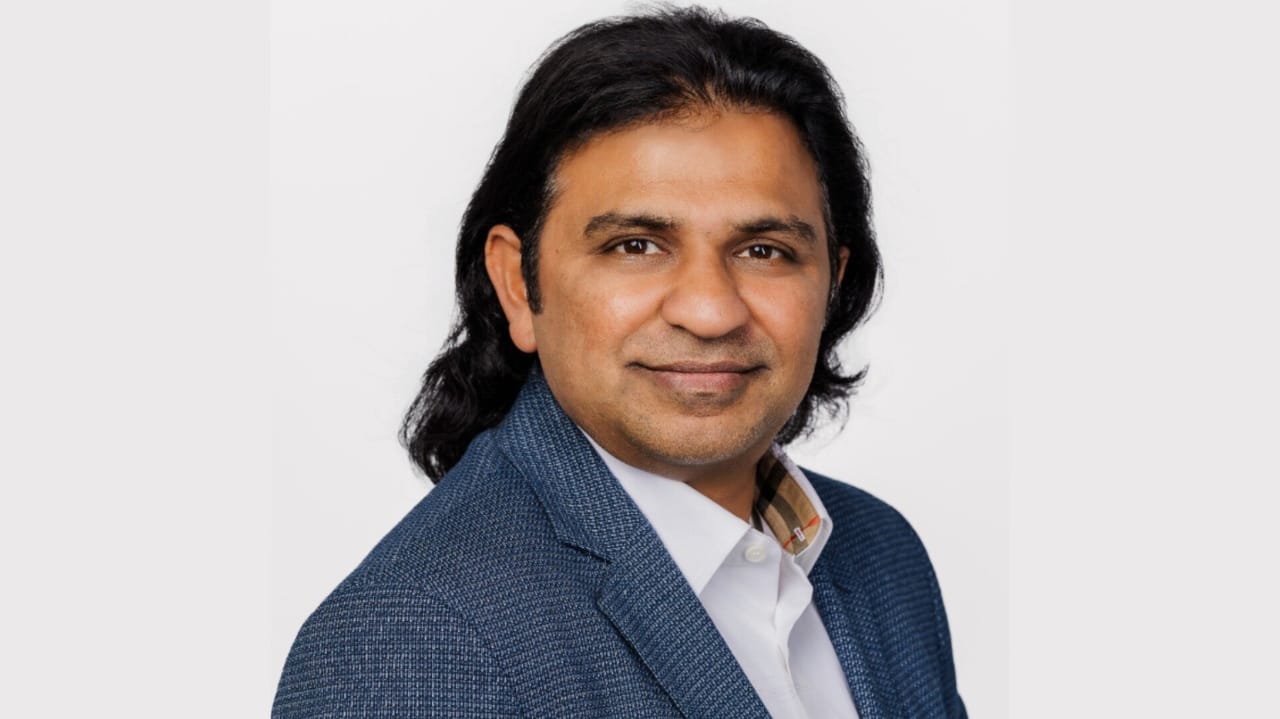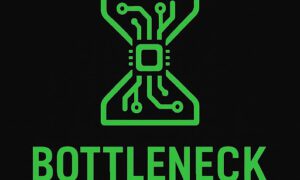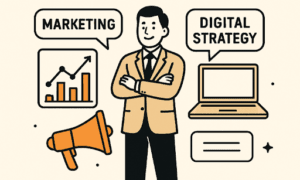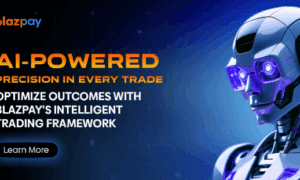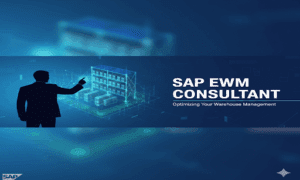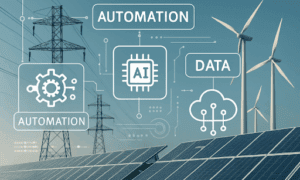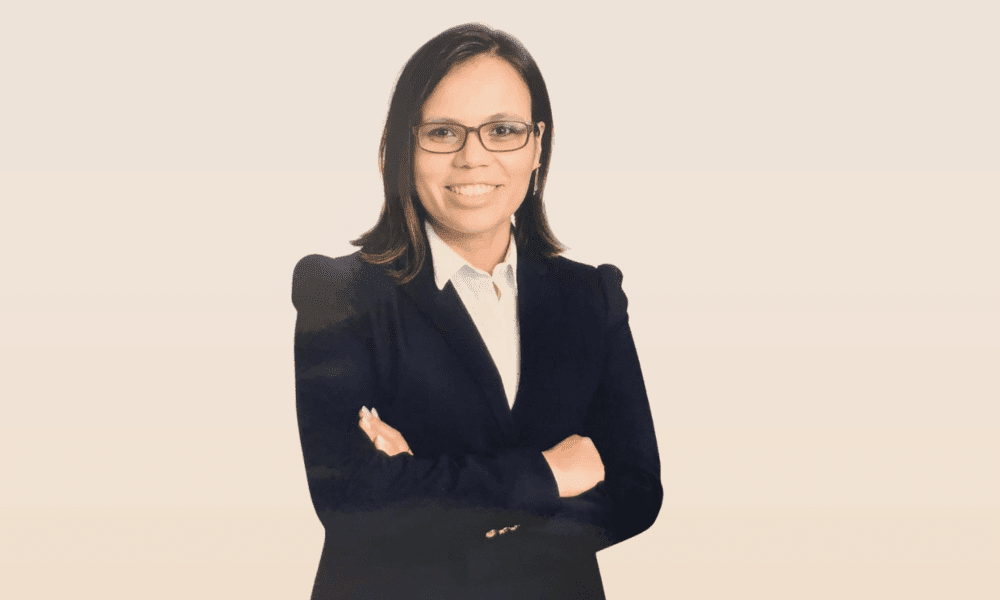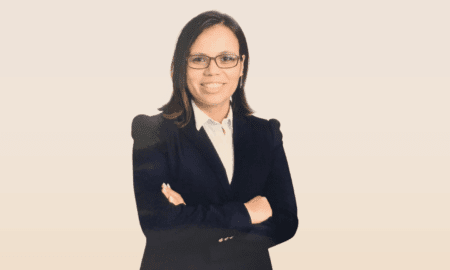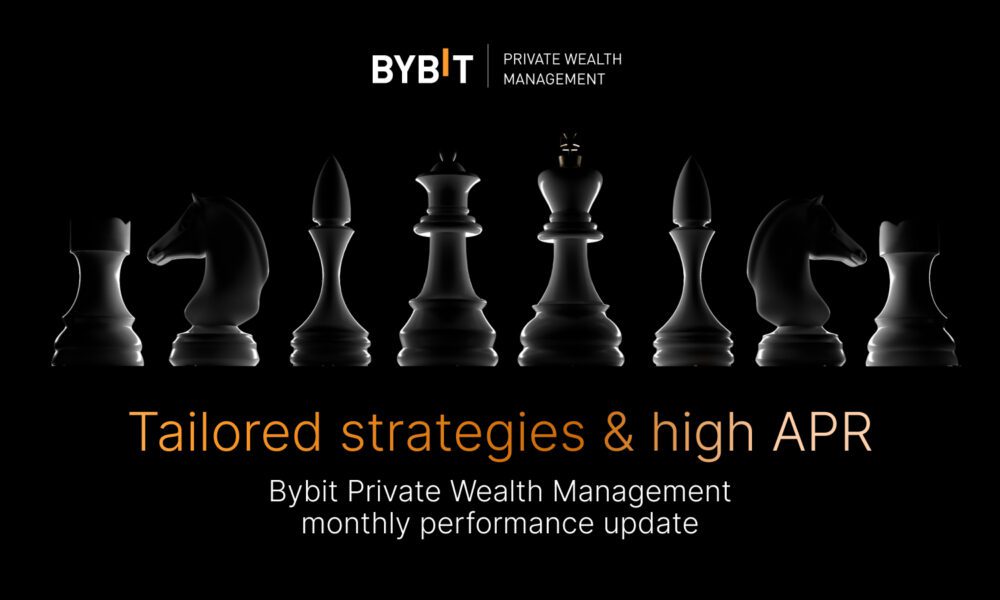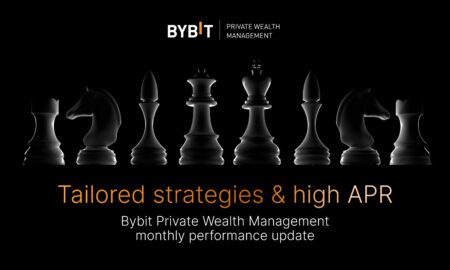Over the years, I’ve had the privilege of leading several large-scale, multi-year transformation programs across diverse industries and geographies. These initiatives are complex, often non-linear, and require more than just project management skills. They demand adaptive leadership, deep empathy, and a relentless focus on stakeholder alignment.
In these dynamic environments, where technology evolves, priorities shift, budgets flex, and teams change, the constant and often the deciding factor in success or failure is how effectively leaders engage, align, and inspire the people behind the project.
Leadership in multi-phased programs, especially those tied to core systems or enterprise modernization, goes beyond setting timelines and managing milestones. It’s about continuously articulating the “why” behind each phase, translating high-level strategy into tangible outcomes that resonate across stakeholder groups. Early in one program, we invested time not just in planning the technology rollout, but in co-creating the vision with business and functional leaders. That alignment paid dividends throughout the program not because we eliminated all resistance, but because we had built trust and shared ownership from the start.
One key lesson I’ve internalized is the importance of stakeholder segmentation. Not all stakeholders are created equal nor do they all need the same message. C-level executives need visibility into strategic risks, value realization, and competitive advantage. Functional managers often seek clarity around resource impacts, process changes, and measurable wins. End users, on the other hand, want to know how their daily experience will improve and when. Tailoring communication to these personas, and doing so consistently over years, is an investment that yields lasting engagement.
Multi-phased programs are often marked by transitions: team changes, leadership rotations, external vendor shifts, or business model evolution. In such moments, leadership continuity matters. I’ve found that documenting the “why” behind key decisions, maintaining an institutional memory, and preserving stakeholder context across handoffs prevents momentum loss. Even more importantly, cultivating a strong core team that acts as a stable bridge between phases can help retain both knowledge and cultural continuity.
Transparency during uncertainty is another pillar of success. In long-term programs, not everything can be known upfront. Some phases are exploratory by design, and risks inevitably emerge. Trying to shield stakeholders from uncertainty often backfires. Instead, I’ve found it more effective to invite stakeholders into the problem-solving process sharing challenges, scenario plans, and mitigation options. This approach doesn’t just build credibility; it turns stakeholders into collaborators rather than critics.
Cultural awareness also plays a significant role. In one global program, working across Asia, North America, and Europe, it became clear that stakeholder expectations around speed, communication styles, and escalation paths varied widely. Recognizing and adapting to these differences while still holding firm to core delivery principles—helped maintain cohesion and respect across regions.
Of course, no long-term program is without its tensions. Scope creep, shifting business goals, and external disruptions (like regulatory changes or economic downturns) can all derail progress. Strong leadership is not about preventing disruption, but about managing through it keeping stakeholders focused on the north star, re-aligning objectives as needed, and ensuring that decisions are always grounded in long-term value.
One game-changing approach I’ve repeatedly relied on in these projects is the application of Agile methodology not just at the team level, but across the entire transformation ecosystem. In high-stakes, multi-phased programs, agility allows us to break down monumental goals into manageable, value-driven iterations. Agile ceremonies foster regular touchpoints with stakeholders, enabling faster feedback loops and course corrections that keep us aligned with business needs as they evolve. The flexibility to reprioritize based on learning rather than waiting until the end of a long waterfall cycle has been instrumental in maintaining stakeholder engagement, managing risk, and accelerating delivery.
Agile also creates a culture of empowerment and accountability across cross-functional teams. When each phase is viewed as a series of incremental wins rather than an all-or-nothing event, morale improves and teams remain motivated. In environments where timelines stretch across years and dependencies span continents, this mindset shift can make all the difference in sustaining momentum and trust.
Finally, I’ve learned to celebrate the small wins. In multi-year efforts, it’s easy to get lost in the marathon. But stakeholders, especially sponsors and end users need visible proof that progress is being made. Whether it’s a successful pilot, an automation that saves hours of manual effort, or a system that goes live on time acknowledging these moments builds confidence and reinforces momentum.
In summary, leading and managing stakeholders in a multi-year, multi-phased project is equal parts strategy, psychology, and endurance. It’s about being the voice of clarity amid complexity, the connector between silos, and the advocate for both the business and the people driving change. The tools matter, the processes matter but in the end, it’s the people who make transformation possible.
For more insights and to connect, feel free to reach out via my LinkedIn profile: Kalyan Chivukula.
About the author –
– Venkat Kalyan Chivukula is the CEO of SBS Corp and a veteran technology leader with over two decades of experience driving enterprise transformation. He has led high-stakes modernization initiatives across industries, managing portfolios up to $60 million and overseeing cross-functional teams as large as 350 members. With deep expertise in ERP, digital transformation, and AI innovation, Kalyan brings a strategic, people-centric approach to complex, multi-phased programs. His leadership continues to shape how organizations modernize with purpose and scale with confidence.

